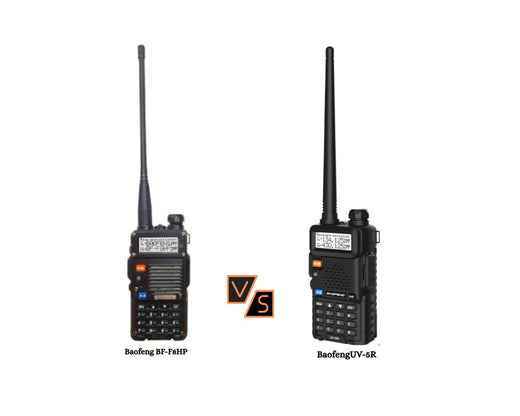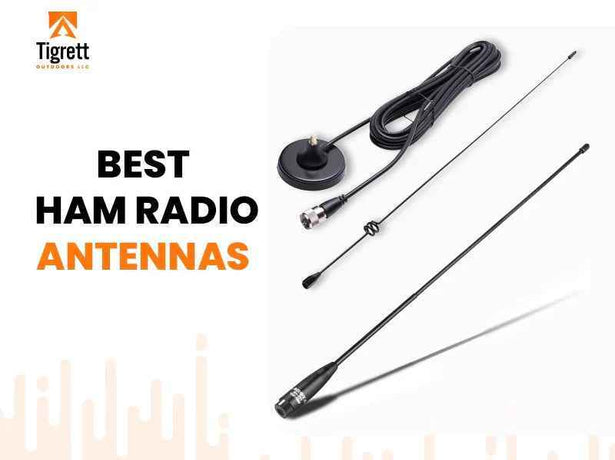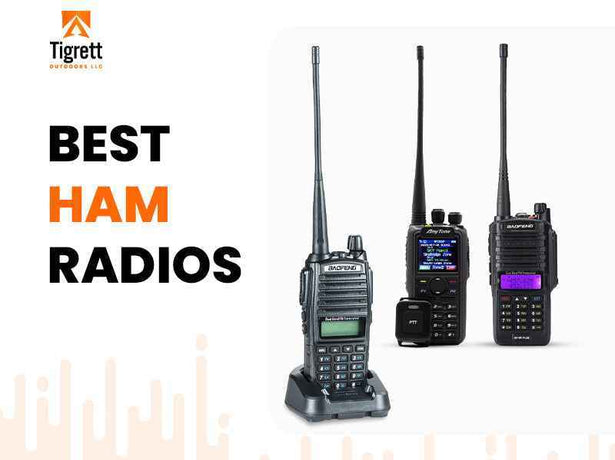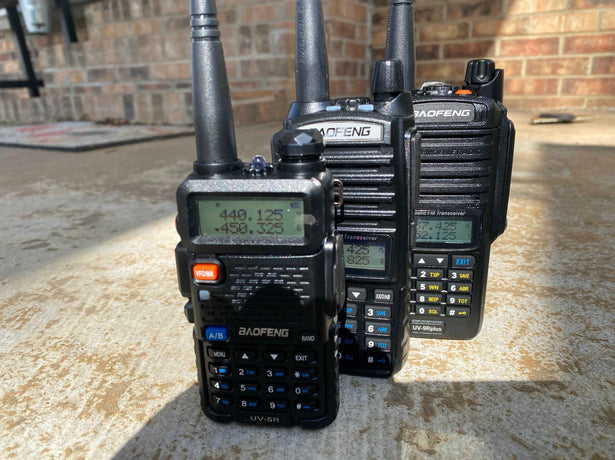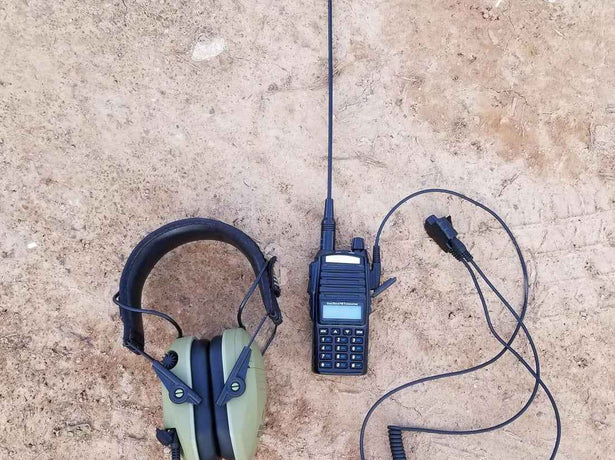People have been using ham radio to communicate for over a century. While there are many ways to send messages, CW (Continuous Wave) is one of the most popular methods. But what is CW in ham radio?
CW means: Continuous Wave. It's a way to send messages on ham radio using morse code. It works by turning a radio signal on and off in short and long beeps, like musical notes. These sounds create words that make it a simple but powerful way to communicate, even when voice signals fail.
But why use CW when we have phones and the internet? Because it works when other methods don’t. CW needs little power and can travel far, even in bad weather or weak signal conditions. In this guide, we’ll explain how it works, why people still use it and how you can learn it too.
What is CW in Ham Radio?
CW meaning Continuous Wave is a type of radio signal used in ham radio communication. It uses on-off keying modulation to send messages. A ham radio operator turns a steady signal ON to send a message. They turn it OFF to separate characters. CW needs little power. It travels far and works well even when the signal is weak.
The continuous wave needs very little power to travel long distances. It can even work in bad weather. It has a narrow bandwidth. This helps it cut through noise better than voice or digital signals. A voice signal can take up to 2.4 kHz of space. A CW signal may use as little as 100 Hz.
CW is often used for lower power operations. It does not need complete modulations. It is used for emergency communication, contests or DXing, which means long-distance contacts. CW signals can travel as far as a 100-watt voice signal by using just 5 watts. This makes it a favorite choice for ham radio operators who want to communicate over long distances with very little power.
For example, during natural disasters like hurricanes or earthquakes, normal communication networks often fail. Ham radio operators use CW to send emergency messages. Since CW can travel far and cut through noise, it helps rescuers get important information quickly. Many times, CW has helped save lives by allowing people to ask for help when no other communication was possible.
How Does CW Work?
Imagine you are standing by a quiet lake, tossing pebbles into the water. Each pebble sends ripples outward in perfect circles. Now, what if you could control when and how long each ripple appears?
That’s how Continuous Wave (CW) transmission works in amateur radio. Instead of water ripples, CW sends radio waves that switch on and off in precise patterns to send morse code.
How Morse Code is Sent Using CW Method?
Morse code works by turning a radio signal on and off. When the operator presses a key, a signal is sent. When they let go, the signal stops.
These signals come in two types: short beeps (called "dits") and long beeps (called "dahs"). By combining dits and dahs in different ways, letters and words are created.
How CW Signals are Heard?
CW signals are heard by using pure radio waves. To listen to them, you need to change the radio tone to a tone that the human ear can understand. This is done using a receiver named beat frequency oscillator (BFO), which is () inside the receiver.
When a CW signal enters the receiver, the radio mixes it with another signal that is very close in frequency. The small difference between these two signals creates a sound, usually between 600 and 800 Hz. This is the tone that morse code operators hear and use to understand messages.
History of CW in Ham Radio
Wireless communication was chaotic in the early days of radio. The first transmitters depended on electric sparks to send morse code through the air. These signals were messy and spread across many frequencies, which caused interference. It also made the signals fade quickly and an unreliable option for communication.
As technology advances, a better method of communication emerges: continuous wave (CW) transmission. Instead of using short bursts of static, CW used a steady, controlled signal that could be turned on and off to send morse code.
This made messages clearer, stronger and able to travel much farther. By 1916, experts predicted CW would soon replace spark-gap transmitters and within a few years, it did.
Amateur radio operators quickly adopted the new technology.
By the early 1920s, CW had become the standard for ham radio which made communication more efficient and reliable. Even as voice and digital modes emerged, CW never disappeared.
CW vs Digital Modes (FT8, PSK31, RTTY)
Amateur radio operators use different transmission methods depending on their goals and conditions. Continuous Wave (CW) and digital modes like FT8, PSK31 and RTTY have their own strengths that make them useful in different situations. Here’s how they compare:
CW is highly effective in weak signal conditions as it has a narrow bandwidth of about 100 Hz. It helps skilled operators decode faint signals that are barely audible. On the other hand, FT8 is designed for weak signals that can decode transmissions.
It has a signal-to-noise ratio as low as -21 dB within a 2500 Hz bandwidth. This makes FT8 highly reliable in poor propagation and makes it possible to contact even when other modes fail.
CW speed depends on the operator's skill which can range from 5 to 20 words per minute (WPM). It also uses about 100 Hz of bandwidth, which makes it effective for crowded radio bands. In comparison, PSK31 is even more efficient.
It only requires 31 Hz bandwidth and allows multiple signals to fit within a small frequency range, with a fixed symbol rate of 31.25 band. PSK31 achieves around 50 WPM per minute. It’s faster than traditional CW communication.
CW can send morse only using a transmitter and key. It can operate by turning the signal on and off. RTTY (Radio Teletype) uses a frequency shift key (FSK) to shift the carrier between two tones. Older RTTY systems depended on mechanical teleprinters, but modern setups use computers with sound card facilities.
Learning Morse Code (CW)
Learning morse code (CW) can be a fun and rewarding skill for amateur radio enthusiasts. You need the right learning methods, useful resources and regular practice to get good at it. Here’s how you can do it.
Koch Method: Start with just two characters at full speed. Once you can recognize them correctly about 90% of the time, add another character. Keep going this way, learning one new character at a time until you know them all.
Farnsworth Method: In this method, the characters are sent at a fast speed, but with extra space between them and between words. This gives your brain time to process the sounds while getting used to the rhythm.
Challenges and Limitations of Using CW
Continuous Wave (CW) is a favorite among amateur radio enthusiasts. But, it comes with challenges that operators should be aware of:
- You need to memorize dots and dashes. It takes time and practice.
- Sending messages using CW will be much slower compared to modern digital modes.
- Some advanced features like "full break-in" (QSK) are unavailable on all radios.
- Long sending and receiving morse code sessions can be exhausting.
- Since morse code is no longer needed for licensing, fewer people are learning it.
- CW signals can still face background noise and interference.
FAQ
CW is still a widely used morse code operating mode in ham radio (Continuous Wave). Here are some common questions answered about cw userafe, it’s modes and how far it can travel:
What is CW in ham radio used for?
CW in ham radio is primarily used for long-distance communication, emergency operations and contests. It is a highly efficient mode because it requires low power and works even in weak signal conditions..
Is CW better than digital modes like FT8 or PSK31?
CW and digital modes like FT8 vs CW each have advantages.
CW ham radio mode is manual, it requires morse code knowledge and it's a great tool for communicating in weak signal conditions.
FT8 and PSK31 are automated, faster and work well for low-signal DXing but lack the operator skill of CW.
How far can CW signals travel?
CW signals can travel thousands of miles with just a few watts of power. Thanks to its narrow bandwidth (~100 Hz) and low power requirements, a 5-watt CW signal can be as effective as a 100-watt voice transmission.
Is learning Morse code CW hard?
Learning morse code CW in ham radio takes practice, but it’s easier than most people think. Using methods like Koch and Farnsworth, beginners can gradually learn characters at full speed.
Do I need special equipment for CW operation?
To operate a CW operation, you need:
- A transceiver with CW mode
- A morse code key
- A decoder software
Many modern ham radios support built-in CW features, but learning manual morse code transmission is preferred for CW operation.
Final words
CW is still a reliable way to communicate in ham radio. Although there are advances in voice and digital modes, it is still a favorite among operators because of its simple and effective ability to work in weak signal conditions.
CW needs very little power and bandwidth to operate, which makes it an excellent choice for long-distance communication and emergency situations.
CW in ham radio remains essential in weak signal communication. Whether for DXing with CW, morse code transmission or emergency use, continuous wave ham radio continues to be a reliable mode for operators worldwide.

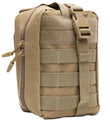
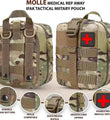
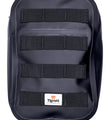
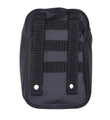
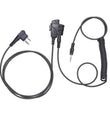
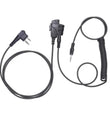
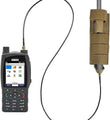
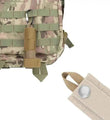
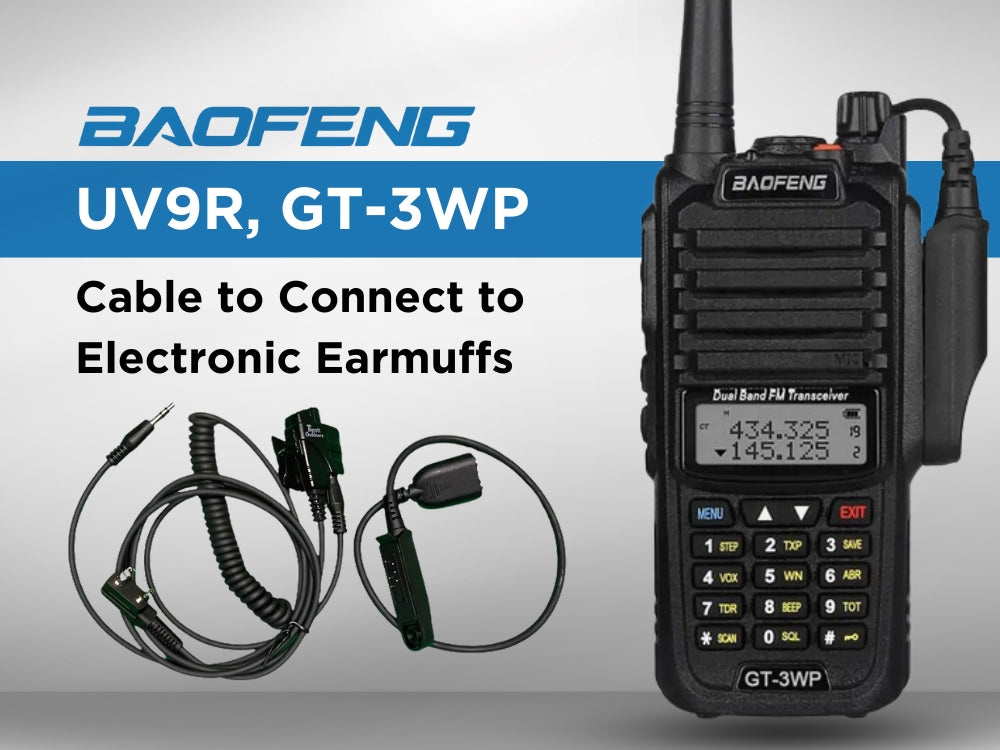
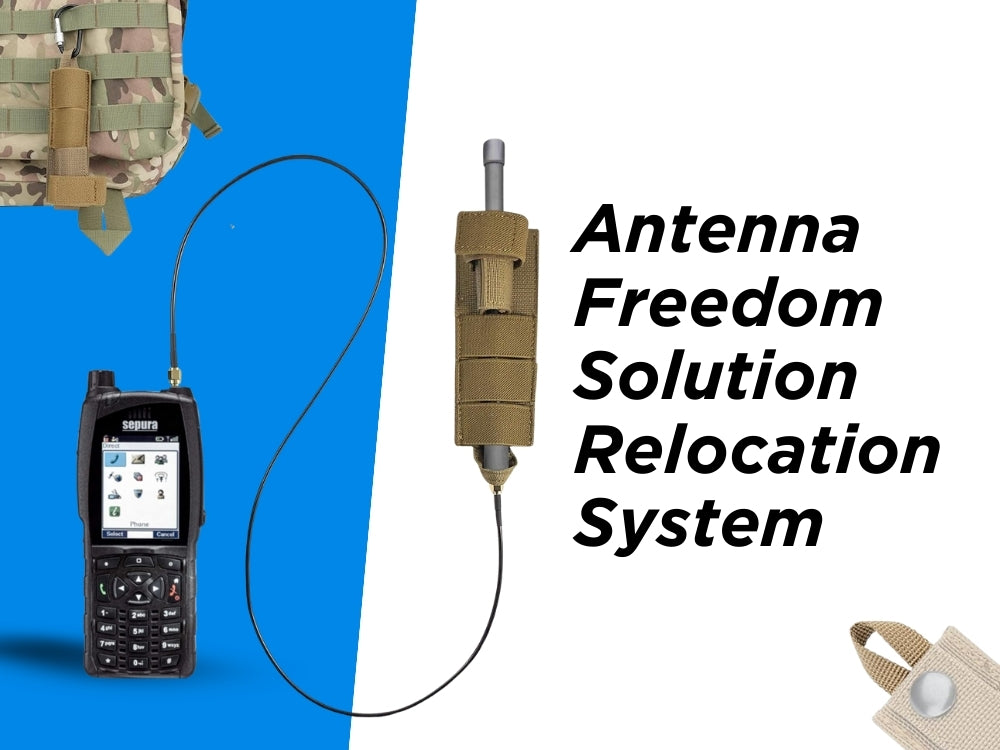
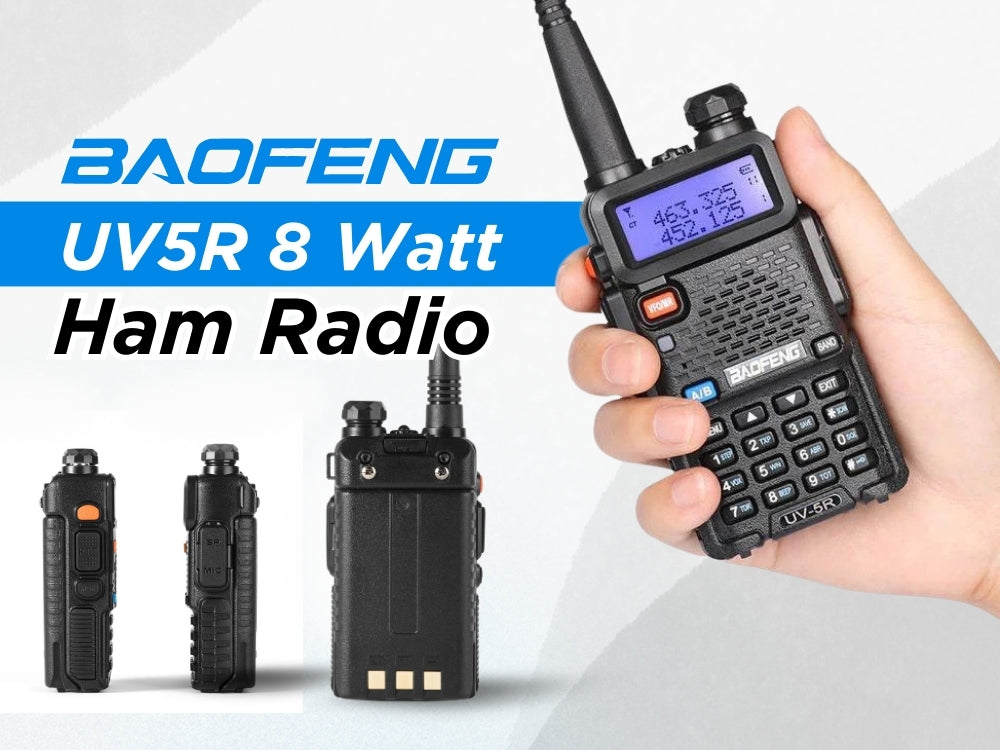
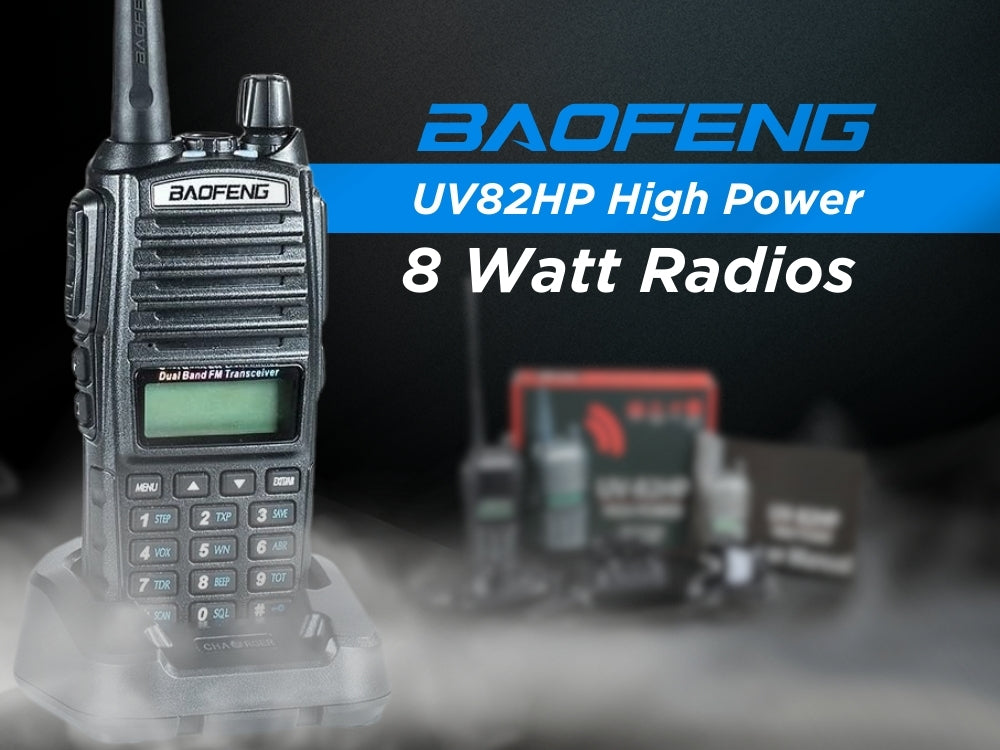
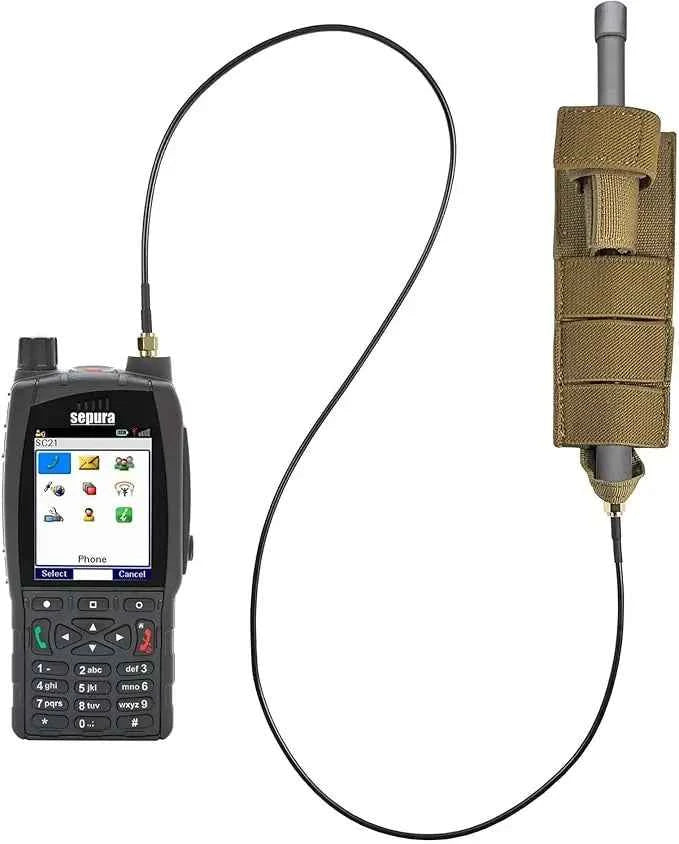





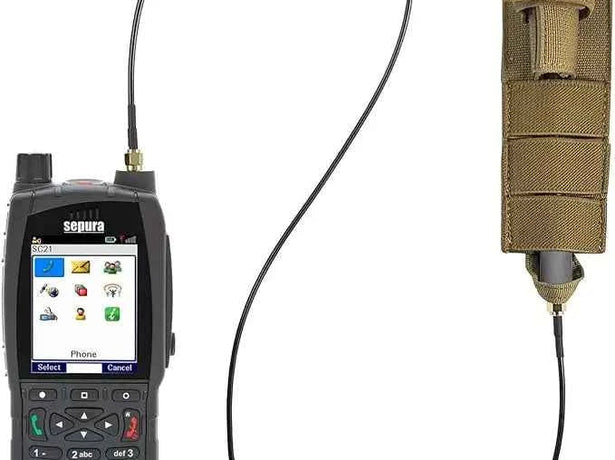
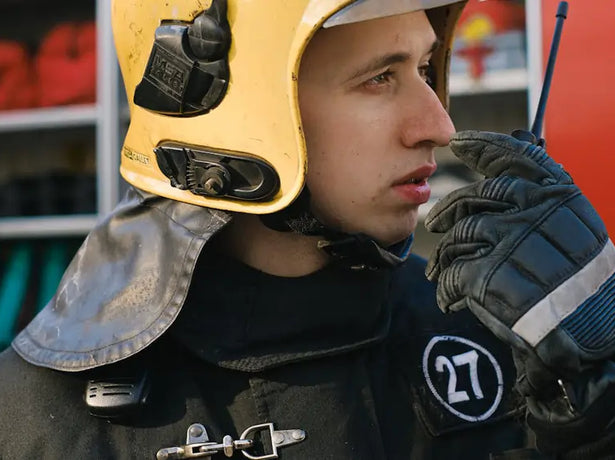
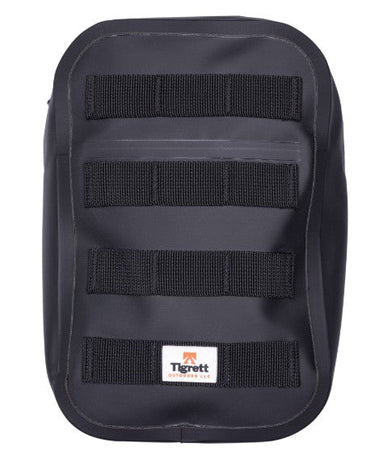
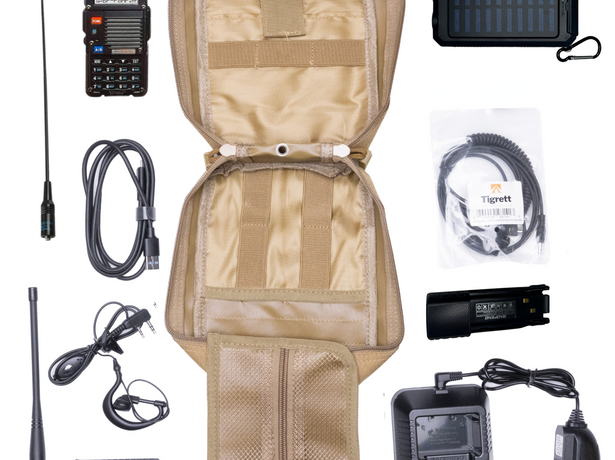
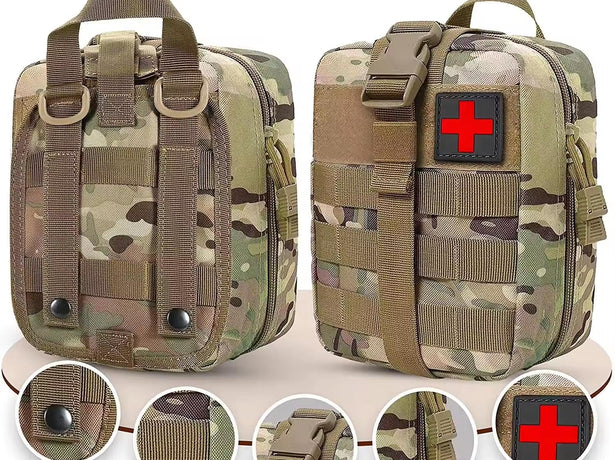
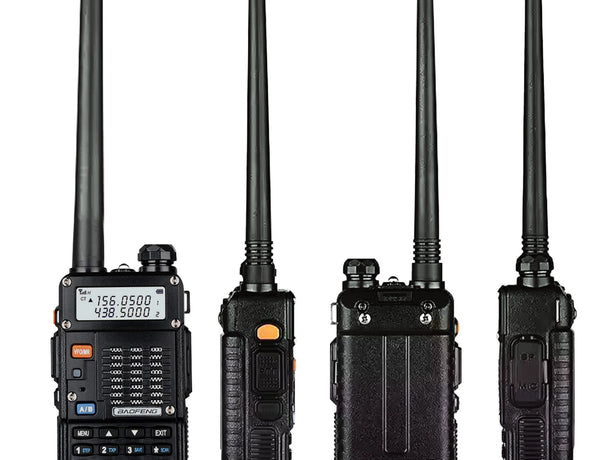
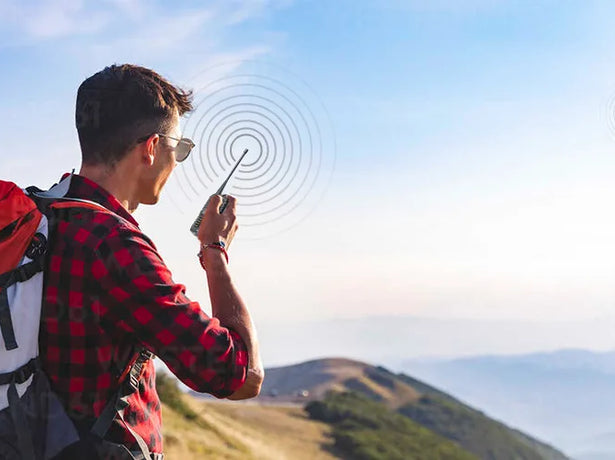
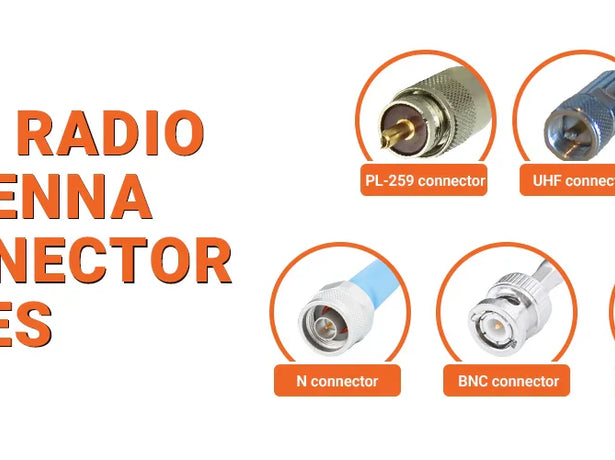
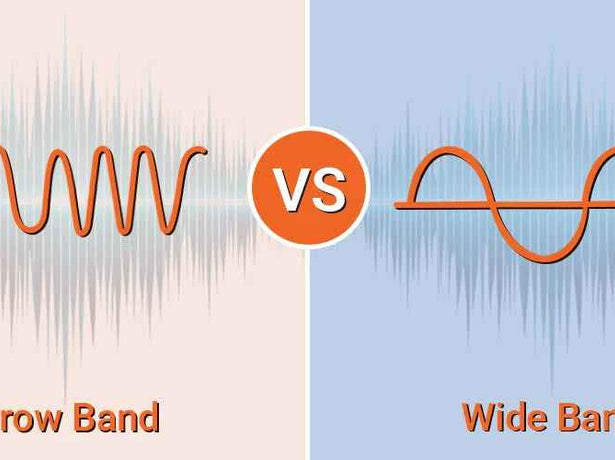
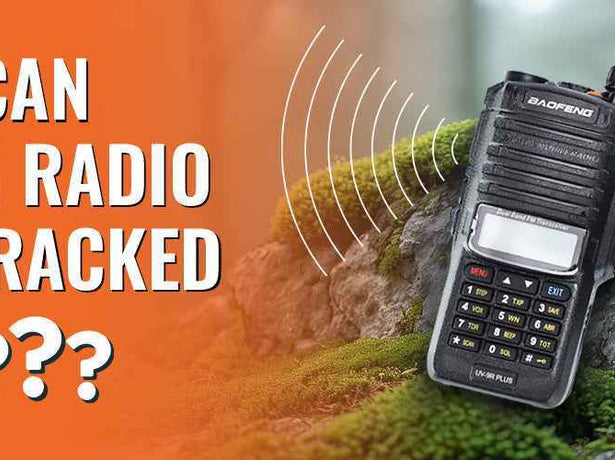
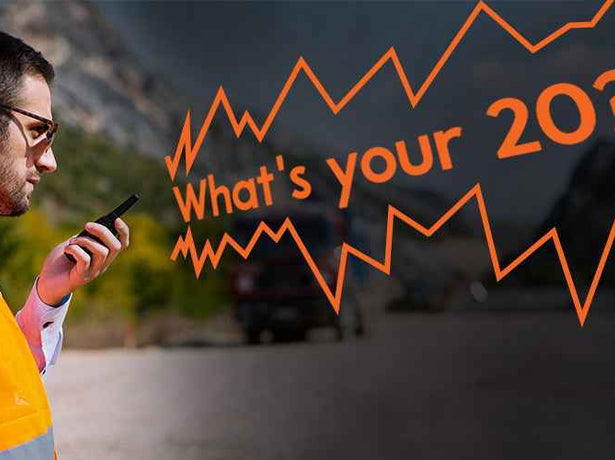
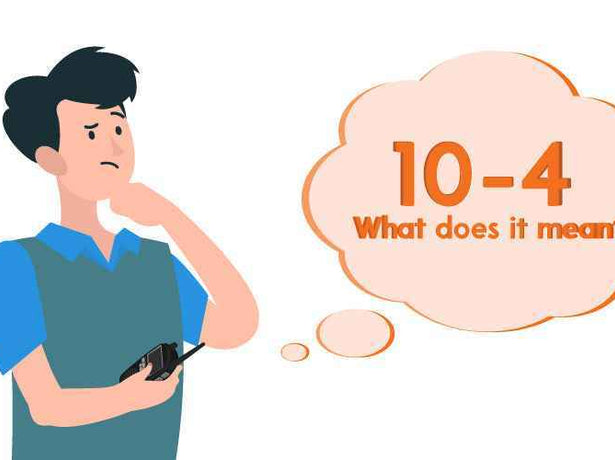
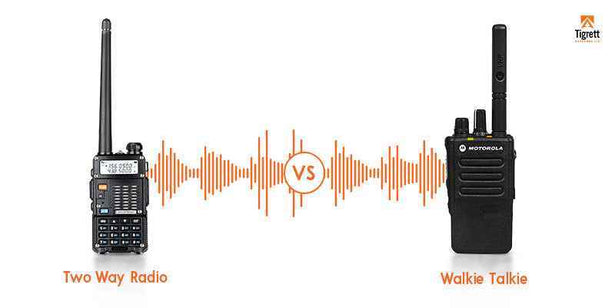
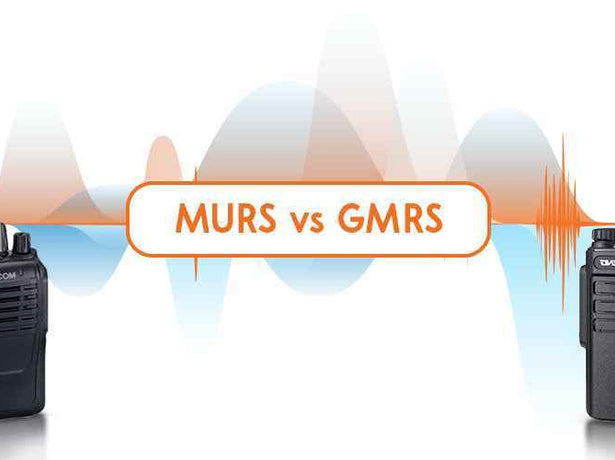
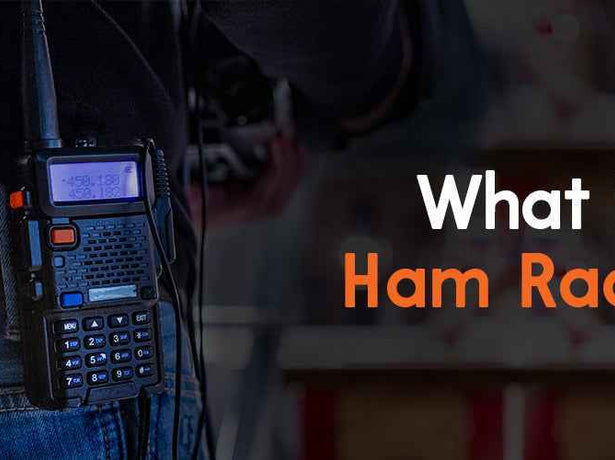
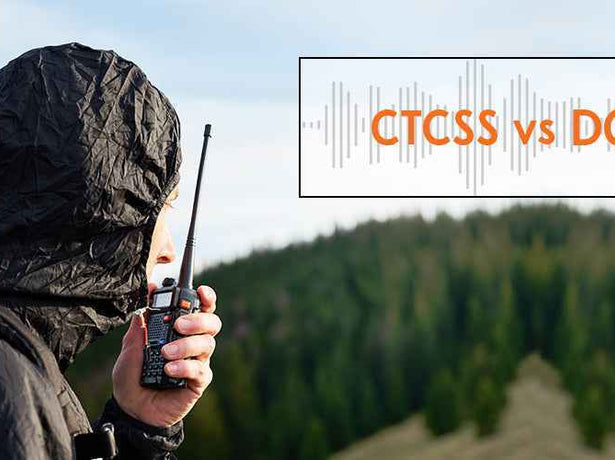
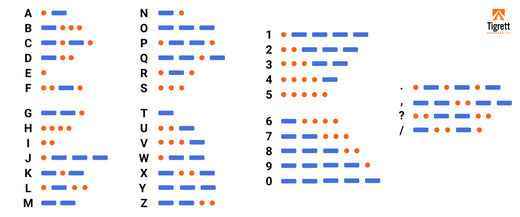
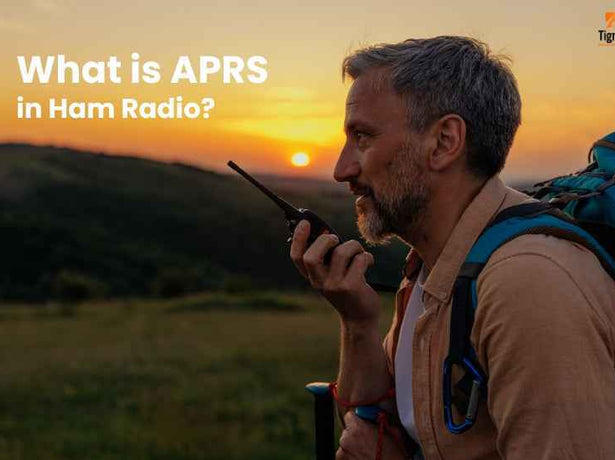
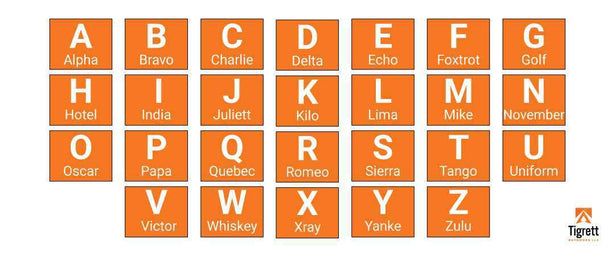
![What Does 73 Mean in Ham Radio? [Explained]](http://tigrettod.com/cdn/shop/articles/1741427464_615x460_crop_center.jpg?v=1741427465)
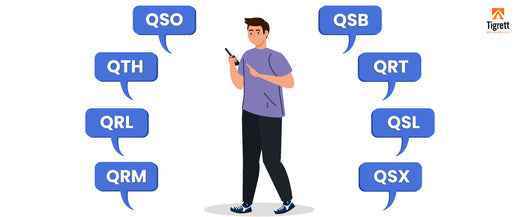
![How Much Does a Ham Radio Cost? [Everything Explained]](http://tigrettod.com/cdn/shop/articles/1741427457_615x460_crop_center.jpg?v=1741427458)
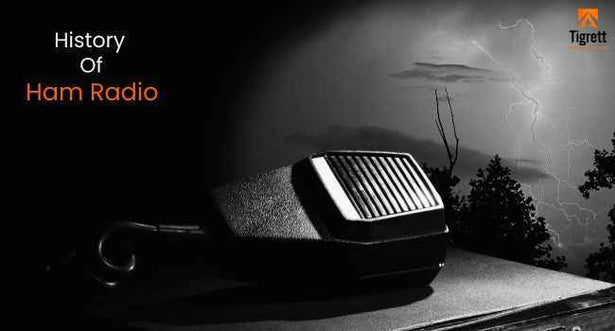
![How To Renew Ham Radio License? [Before the FCC Thinks You Vanished]](http://tigrettod.com/cdn/shop/articles/1741427449_615x460_crop_center.jpg?v=1741427450)
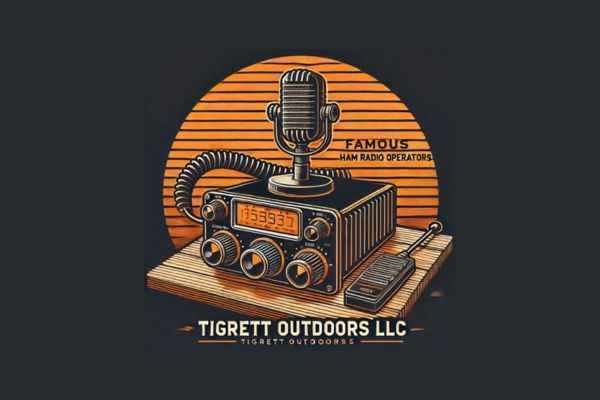
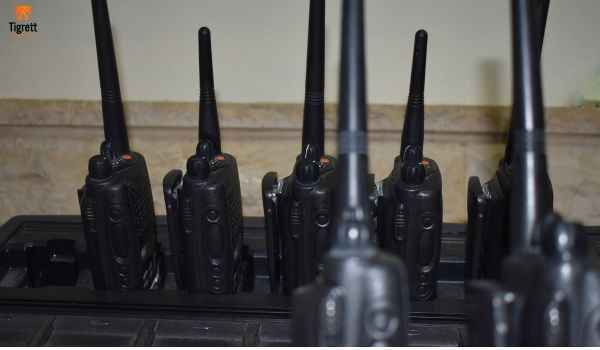
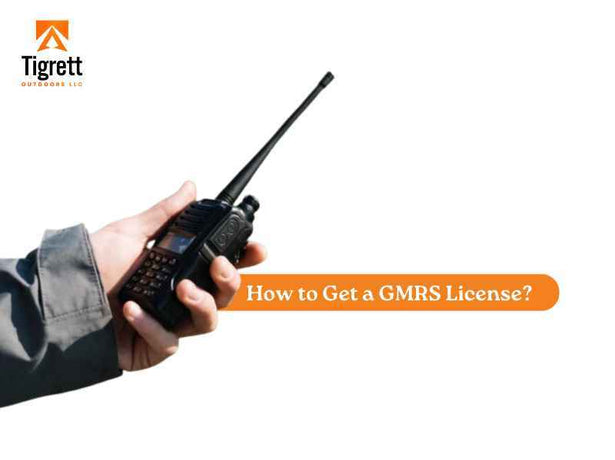
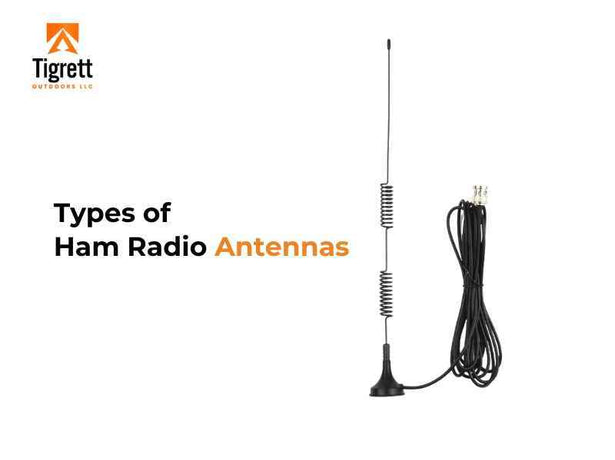
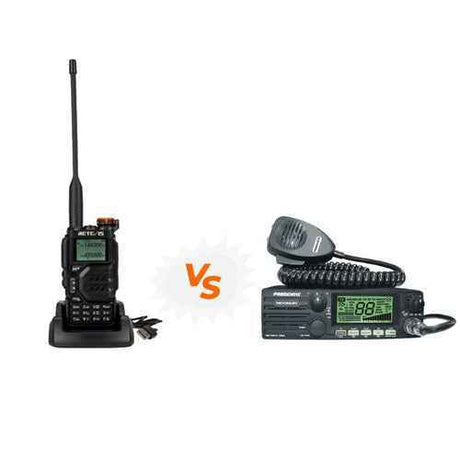
![Why the Height of a VHF Radio Antenna Is important? [Explained]](http://tigrettod.com/cdn/shop/articles/1741427428_615x460_crop_center.jpg?v=1741427429)
![How to Use Baofeng UV-5R as a Walkie Talkie? [Explained]](http://tigrettod.com/cdn/shop/articles/1741425757_615x460_crop_center.jpg?v=1741425758)
